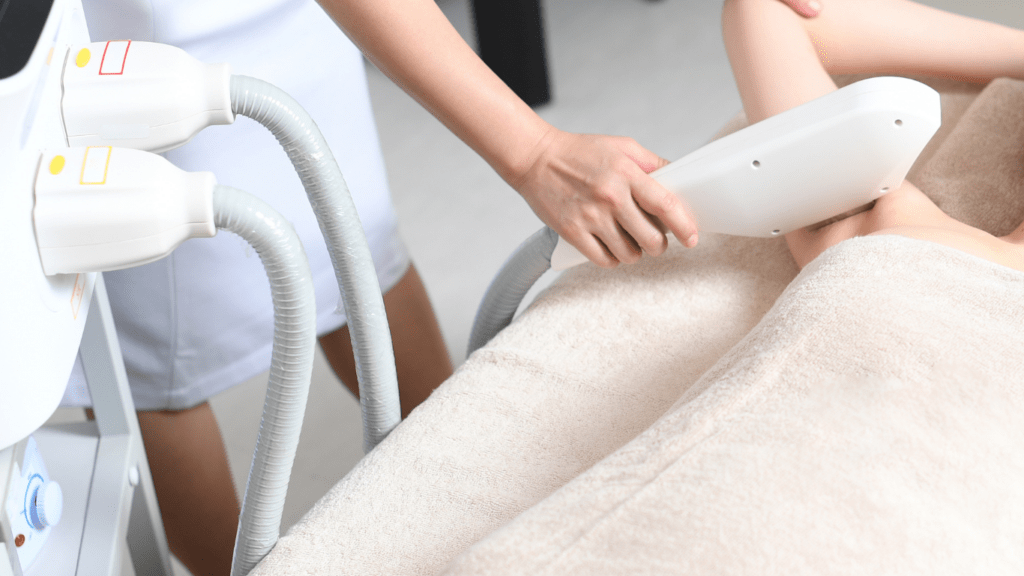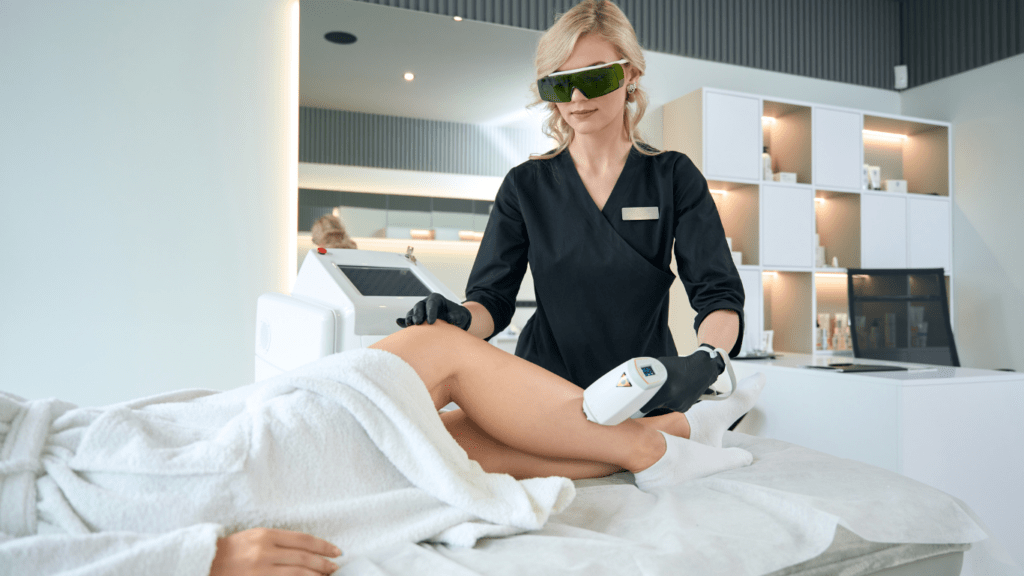Understanding Hair Removal Techniques
Navigating the world of hair removal can be complex with many available options. Here’s a look at various techniques to help determine what works best for you.
Types of Shaving Methods
Shaving remains one of the most popular hair removal methods. Common shaving methods include:
- Manual Razors: Often the go-to for many, manual razors like cartridge or disposable razors offer a close shave. Ensure you replace blades regularly to avoid dullness and irritation.
- Electric Razors: Electric razors are convenient and reduce the risk of cuts. Some models are designed for wet and dry shaving, adding flexibility to your routine.
- Straight Razors: Preferred by shaving enthusiasts, straight razors provide an extremely close shave. Skill and practice are required to avoid cuts and achieve precision.
- Safety Razors: These offer a balance between straight and cartridge razors. Safety razors require single blades and deliver a close shave with reduced irritation.
Non-Shaving Hair Removal Methods
Many alternatives to shaving also exist. These options range from temporary to more permanent solutions:
- Waxing: By using hot or cold wax, this method removes hair from the root. Regular waxing can lead to finer regrowth, but there may be initial discomfort.
- Sugaring: Similar to waxing, sugaring uses a sugar paste rather than wax. It’s less painful for some and effectively removes hair while exfoliating the skin.
- Depilatory Creams: These chemical-based creams dissolve hair at the skin’s surface. They’re quick and painless, but patch testing is necessary to avoid allergic reactions.
- Laser Hair Removal: This permanent solution uses lasers to target hair follicles. Multiple sessions are required, but it offers long-lasting results.
- Electrolysis: Electrolysis involves inserting a fine probe into the hair follicle and applying an electric current. It’s the only FDA-approved method for permanent hair removal, though it can be time-consuming.
Each method has its advantages and considerations, so the best choice depends on individual preferences and skin sensitivity.
Preparing Your Skin for Shaving
Achieving a smooth shave requires proper skin preparation. This step minimizes irritation and ensures the best results.
The Importance of Exfoliating
Exfoliation removes dead skin cells, reducing the risk of razor bumps and ingrown hairs. I recommend using a gentle exfoliator two to three times weekly.
By doing this, you’ll also prevent clogged pores, which can cause breakouts. Ensure you exfoliate before shaving, not after, to avoid further irritation.
Choosing the Right Shaving Products
Selecting suitable shaving products is essential for a smooth shave. Different skin types require specific products. For sensitive skin, opt for alcohol-free shaving gels or creams.
Oily skin benefits from non-comedogenic formulations, while dry skin needs moisturizing ingredients like aloe vera or glycerin.
Using a high-quality razor, preferably with multiple blades and a pivoting head, enhances the shaving experience and reduces cuts and nicks.
Shaving Techniques for Different Body Areas

Shaving’s not a one-size-fits-all process. Each body area demands specific techniques to achieve the best results with minimal irritation.
Best Practices for Facial Shaving
Facial shaving requires precision. Use a sharp razor to avoid abrasions. Start by washing your face with warm water to open pores and soften hair.
Apply a high-quality shaving cream suitable for your skin type. Shave in the direction of hair growth to minimize ingrown hairs. Rinse the blade frequently to keep it clean. After shaving, use a soothing aftershave lotion to calm the skin.
Tips for Shaving Legs and Underarms
Shaving legs and underarms involves different approaches. For legs, shave during or after a warm shower when the hair is soft.
Use a moisturizing shaving gel and a razor with multiple blades for a close shave. Shave against the direction of hair growth for smooth results. Avoid pressing too hard to prevent cuts.
For underarms, shave in multiple directions as hair grows erratically. Rinse the razor often and apply an alcohol-free deodorant to avoid irritation.
Post-Shaving Care
Proper post-shaving care ensures your skin remains healthy and irritation-free. Key steps after shaving include moisturizing and managing potential skin issues.
Moisturizing and Soothing Your Skin
After shaving, moisturizing is paramount. I recommend using a fragrance-free, alcohol-free lotion to reduce dryness and irritation.
Ingredients like aloe vera and chamomile provide soothing benefits. Apply the lotion immediately after drying the skin but when it’s still slightly damp; this helps lock in moisture.
For sensitive skin, test products on a small area first to ensure compatibility.
Managing Skin Irritation and Ingrown Hairs
To manage skin irritation and ingrown hairs, exfoliate regularly with a gentle scrub or a chemical exfoliant containing salicylic acid.
Exfoliation removes dead skin cells, reducing the likelihood of ingrown hairs and bumps. For immediate relief from irritation, use a cool compress or a product containing allantoin.
Avoid tight clothing immediately after shaving, especially in areas prone to friction, to allow the skin to breathe and heal properly.
Alternative Hair Removal Options
Exploring different hair removal options helps individuals find methods that suit their skin type and lifestyle. Below are some effective alternatives.
Laser Hair Removal
Laser hair removal offers long-term results by targeting hair follicles with concentrated light. It’s suitable for various skin tones and hair types when performed by a certified professional.
Multiple sessions are needed for optimal results. According to the American Academy of Dermatology, expect a noticeable reduction in hair growth after 2-3 treatments and significant reduction after 6 sessions.
While the upfront cost is higher, the long-term benefits can outweigh regular expenses on other methods.
Depilatory Creams and Waxing
Depilatory creams dissolve hair just below the skin’s surface using chemical formulations. Apply these creams following the product’s instructions and test a small skin area first to avoid reactions.
They are convenient for large areas like legs and arms but may cause irritation on sensitive skin. On the other hand, waxing removes hair from the root, offering smoother results for a longer duration.
It can be done at home or by a professional. Regular waxing sessions, spaced 4-6 weeks apart, also slow regrowth. When using wax, ensure the skin is clean and dry for better adhesion and less discomfort.


 Bradley Frankirly is a distinguished article writer at Body Care And Matter, bringing a unique perspective to the world of health and wellness journalism. With a keen eye for detail and a passion for storytelling, Bradley crafts articles that resonate deeply with readers, offering both informative content and a relatable narrative.
Bradley Frankirly is a distinguished article writer at Body Care And Matter, bringing a unique perspective to the world of health and wellness journalism. With a keen eye for detail and a passion for storytelling, Bradley crafts articles that resonate deeply with readers, offering both informative content and a relatable narrative.

